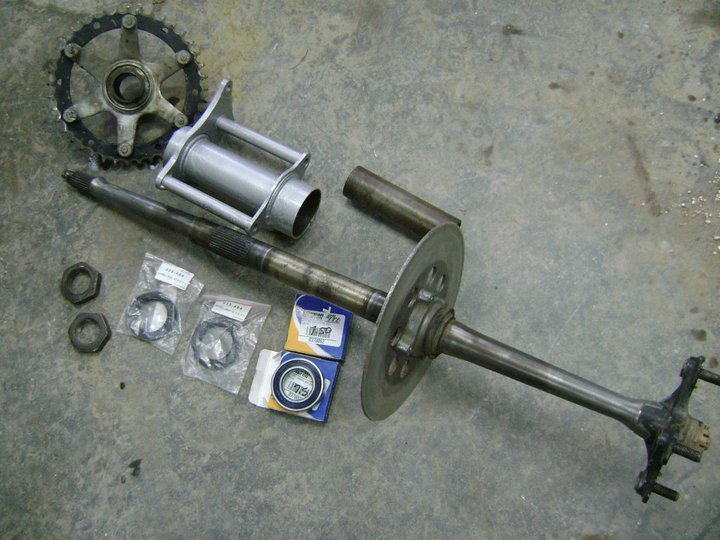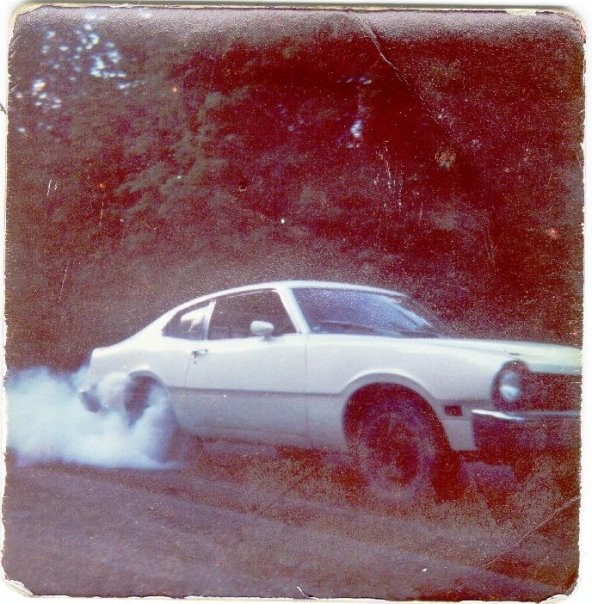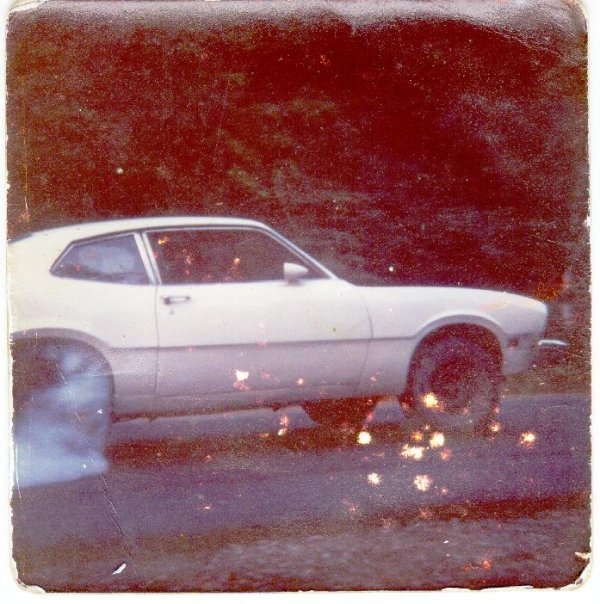They are called Zerk fittings after the guy who had a patent on them.
There is a reason there is only a tiny bit of grease in the bearing, and it is not so much to do with the manufacturer saving money on grease or selling more bearings. It has to do with making one bearing that will make the most customers happy. You see, when you buy a 6205-2RS bearing the manufacturer has no idea where you are going to use it. So their specs say you spin it to 8500 rpm and set 3/4 ton on it and it will survive. Furthermore, they don't know if you are going to set it over a bread assembly line or a hot motor while you spin it at 8500 rpm and put a 3/4 ton load on it, so they have to assure it will take that while not leaking grease, because you bought a sealed bearing to keep the grease in, right?
A rain drop of grease or oil will keep a bearing alive for a long, long time. Also, it will allow it to spin faster. That same 6205-2RS bearing with the seals removed and lubricated with oil will stand 18,000 rpm! The extra grease AWK08 is putting in the bearing is not to save the bearing, but only to keep water out. It wasn't wear or lack of oil that killed AWK08's bearings but water and rust. So if we need bearings with extra water and rust resistance, why don't they make them? Well, they do, but they are not $3 like the "made for everything" 6205-2RS. A stainless steel or even "extra grease" special order bearing will be $15-$50 each. Are you willing to pay that? Most of us will buy the cheap bearings and either put a little grease in them or between them and the outer seal.
Is there anything wrong with pumping the whole rear carrier full of grease?
Well, there will be more rolling resistance and about a pound more unsprung weight and if it is completely full or you pump too much in it will pop the outer seals off. It will handle immersion better, but is a whole lot more time and mess if you do get water in. I do like pumping the swingarm bolts full. Low volume and movement. Not so much the rear carrier.
Steve
What your are saying makes good sense, but remember 4 decades ago they made light trucks with in line 6 motors, that would easily last 300k miles, over 20+ years, then they figured out that they could make a vehicle that only lasted 5 or 10 years, 50 to 150k before a major failure, usually the underspeced transmission, sell it for just as much and increase their margins.
It is a common practice across all industries to produce products with limited lifespans when often a 5% or less cost increase, can result in 10 or even 20% lifespan increase. But then they would have to sell it for not 5% more but 20% more to make up for the extra time it last before another must be bought. I don't have any specific examples handy and the above numbers were pulled out of thin air, to make a light of a well known practice.
Anyhow why there is a certain amount of grease in it is irrelevant and can be argued for ever and unless we talk to the person that ultimately made the call, it's all just conjecture.
What is important is that adding additional grease under the seals of the bearings, for our purposes is certainly a benefit. Our application is relatively low speed and typically quite dusty, wet, dirty and grimy.
Even on a drag bike I seriously doubt packing the bearings with grease, or washing them out and oiling them would effect your ET's in any noticable manner.
As far as greasing the carrier by the time you fill it with an axle, sleeve, bearings and seals there is room for a few ounces of grease at best. I would always at least thoroughly grease the sleeve before putting in the carrier. As for packing it completely full I agree it could add some additional drag, possibly even seep out past the seals.
To me it's just peace of mind first time you get water in past the dust covers and seals, it is going to cause a ungreased or poorly greased sleeve to rust creating at least as much if not more drag than a throughly greased carrier.
To others say on a drag bike, that never sees water, mud,etc. Filling the carrier might be a waste of time an even take a couple hundredths or thousandths off of ET's, in that case I would not fill the carrier. My top speed is 60mph not really much rpm at the axle,
It really comes down to if 3 ounces of weight, and a little extra drag at top speed is a problem and your bike will see little or no water, then avoid excess grease in the carrier.
I think if I were to put in a zerk I might remove the bearing seals all together or at least the inside one as to make it easier to grease.
Warning Geek Alert, the below is dry, unexciting , and mostly factual
To save you the boredom the point is that modern companies are mostly only concerned about the bottom line and profits,and will provide the cheapest, most inferior product the public will buy, and spend tons on making sure it falls just short of really lasting, because it is more profitable to sell multiple inferior replacement parts over a products expected life, than it is to design a product that lasts as long as possible at a given price point.
While I will agree that a sealed bearing should not leak when subjected to the most severe rated duty or even a percentage higher.
I would suspect that the amount of grease internal to the seals, is not the maximum possible, based on leak prevention, but the absolute minimum required to meet minimum critera in an ideal enviroment, at rated load and speed, for a specific amount of time.
Any more grease than that minimum amount would be a waste to the company, as 5 cents per bearing worth of grease adds up over a few million pieces, and would also likely provide a longer life expectancy, fewer replacements, and lost revenue in the eyes of the board of directors, who are really the ones who dictate these things.
It used to be a company was interested in making the absolute best product at the most efficient price point, as to try and be better than the competition and remain profitable, some well funded highly successful companies still do this as they can afford to take a slightly reduced margin, to match the price point of companies, while providing a better product. Then once the market catches on and realizes that brand Z last 60% longer, they can then charge more and actually get better margins.



